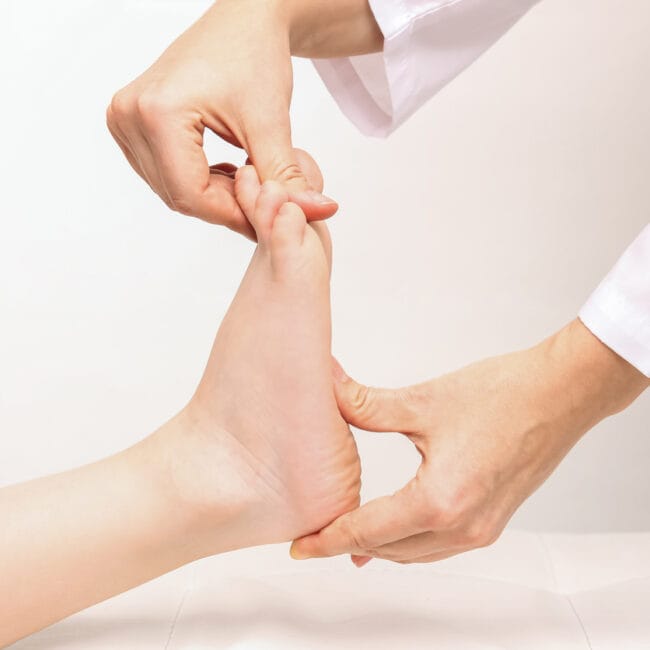Approximately 400,000 people in Ireland suffer with osteoarthritis, a condition that usually develops gradually over a number of years. A major factor of its prevalence in Ireland is due to the growth in our aging population, as this condition is most common amongst older people, a result of wear-and-tear in the joints. Another contributing cause is the increase of obesity in Ireland. Carrying extra weight puts added stress on the joints, especially on the hips, knees and spine, increasing the risk of the condition developing or worsening once it has developed. This is especially a concern for children as obesity changes the mechanics of the legs and spine in youth, which, in turn, affects the joints.
In addition to this, recent studies in osteoarthritis have found that leg length discrepancy has an impact on the risk of developing the condition. It is estimated that 85% of the world’s population has some sort of leg length discrepancy, which can vary from less than 1cm to 6cm or more. A limb inequality caused by injury or condition can often be corrected with muscular conditioning and stretching programs, or by wearing arch supports, heel lifts or orthotic devices. Leg length discrepancy usually results in back and joint pain, depending on its severity.
The study in Annals of Internal Medicine examined more than 3000 individuals aged 50 to 79 years who had or were at risk for osteoarthritis. Leg length was measured, with results indicating that a greater variation in leg length is associated with more prevalent osteoarthritis of the knee. Participants with a leg length inequality of more than 1 cm showed signs of osteoarthritis more often than participants with a leg length discrepancy of less than 1 cm (53% vs. 36%).
This study highlights the effects certain conditions have on the development of osteoarthritis, and how in some cases treating limb length discrepancies with supports or strengthening can help alleviate the risk of osteoarthritis developing. However, physiotherapy and maintaining a healthy lifestyle is the most effective prevention for osteoarthritis. Physiotherapy for people with this condition is aimed at reducing pain, improving movement, strengthening muscle power and assisting a person to be independent and functioning as well as is possible. Continued exercise and an active lifestyle are most important to help prevent early development of such age-related conditions.














